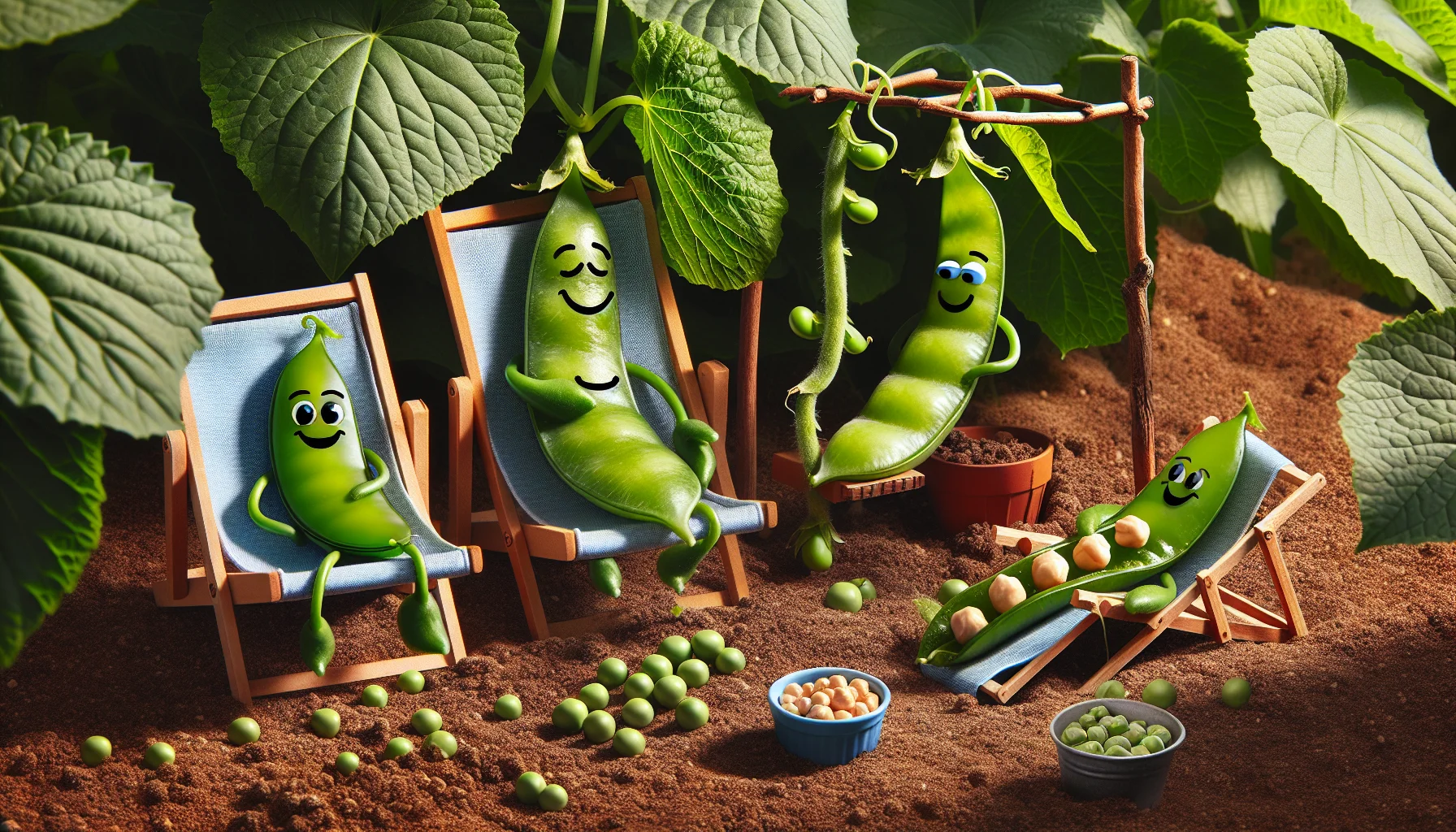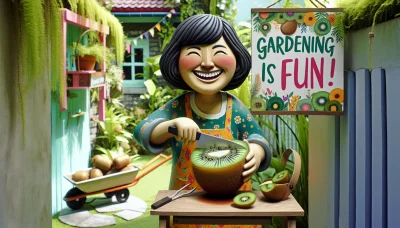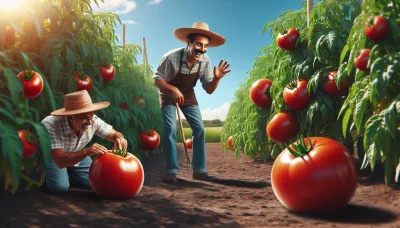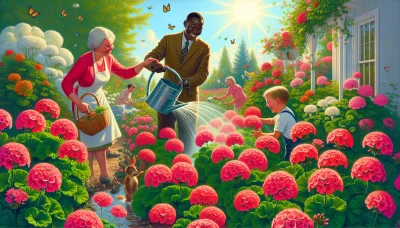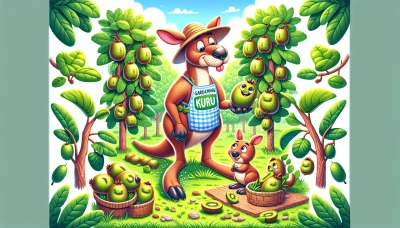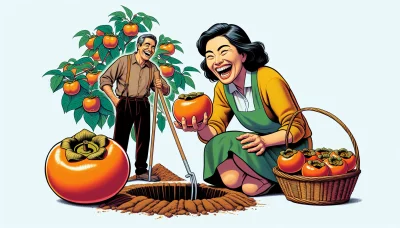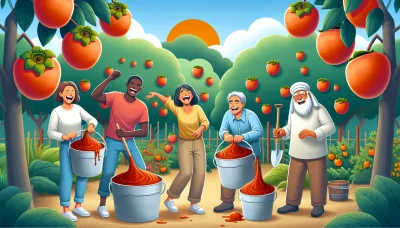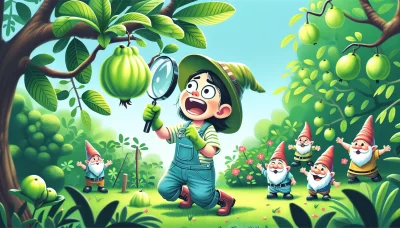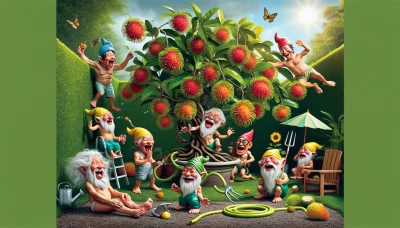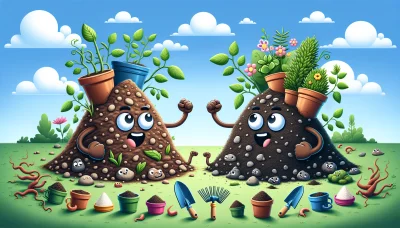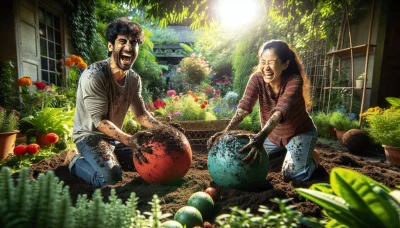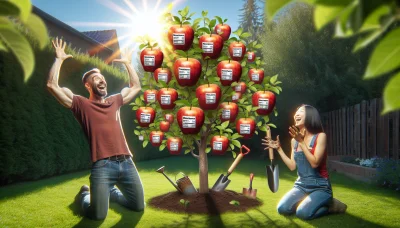Kinds of peas Quiz
Test Your Knowledge
Question of
Introduction to Different Kinds of Peas
Peas are a staple in the gardening world, known for their adaptability and ease of growing in a variety of climates and soils. Beyond their gardening appeal, peas are packed with nutritional benefits, making them a valuable addition to any diet. Rich in vitamins, minerals, and fiber, peas support overall health and well-being. Their versatility in cooking allows them to be a part of numerous dishes, enhancing flavors and boosting nutritional content. Whether you're a seasoned gardener or a culinary enthusiast, understanding the different kinds of peas can enrich your gardening experience and dietary choices.
Types of Peas Commonly Grown in Gardens
- Garden Peas: Also known as English peas, these are the classic peas that need to be shelled before eating. They have a sweet flavor and are best enjoyed fresh.
- Snow Peas: These are flat with very small peas inside. The whole pod is edible and is often used in stir-fries. Snow peas have a crispy texture and a slightly sweet taste.
- Snap Peas: A cross between garden peas and snow peas, snap peas are crunchy and sweet. The entire pod is edible and they are great for snacking, cooking, or adding to salads.
- Southern Peas (Black-eyed Peas, Crowder Peas, Purple Hull Peas): Though technically beans, they are often grown and used like garden peas. These varieties are more tolerant of heat and are a staple in Southern cuisine.
- Sugar Peas: Sometimes confused with snap peas, sugar peas are another type of edible-pod pea with a very sweet flavor. They are great for eating fresh or lightly cooked.
How to Plant and Care for Your Peas
Planting peas is a rewarding endeavor that begins with sowing seeds directly into the soil, ideally as soon as the ground can be worked in the spring. Start by loosening the soil to a depth of about 1 foot and mixing in some compost or aged manure to enrich it. Plant the seeds about 1 inch deep and 2 inches apart in rows, covering them lightly with soil. Keep the soil moist until the seeds germinate, which usually takes about 7 to 10 days.
- Watering: Peas need to be kept consistently moist, especially once they start flowering and developing pods. Aim for at least 1 inch of water per week, whether from rainfall or irrigation.
- Sunlight: Full sun is ideal for peas, meaning they should get at least 6 hours of direct sunlight each day. However, they can tolerate partial shade, especially in warmer climates.
- Soil Requirements: Well-drained soil is crucial for peas, which do not thrive in waterlogged conditions. A neutral pH is best, though peas are fairly adaptable to slightly acidic or alkaline soils.
Common Pests and Diseases Affecting Peas
Peas are a popular crop among gardeners due to their nutritional value and versatility in cooking. However, like all plants, they are susceptible to certain pests and diseases that can hinder their growth and yield. Identifying these common challenges early and implementing effective management strategies is crucial for a healthy pea crop.
- Aphids - These small, green or black pests suck sap from the pea plants, weakening them and potentially spreading diseases. Washing plants with a strong stream of water or using insecticidal soaps can help manage aphid populations.
- Powdery Mildew - A fungal disease that coats leaves in a white, powdery substance, reducing photosynthesis. Ensure good air circulation and avoid overhead watering to prevent its spread. Fungicides can also be effective.
- Pea Moth - Caterpillars from the pea moth can damage developing pods from the inside. Use pheromone traps to monitor and reduce moth activity and pick off infested pods to reduce future populations.
- Fusarium Wilt - A soil-borne fungal disease that causes plants to wilt and die. Crop rotation and using disease-resistant pea varieties are key preventive measures.
- Root Rot - Overwatering and poor drainage can lead to root rot, where the roots of pea plants become mushy and discolored. Ensure well-draining soil and moderate watering to prevent this issue.
Harvesting and Storing Peas
Peas are best harvested when they are plump and have a bright, vibrant green color. The right time to pick peas is in the morning after the dew has dried but before the day heats up, as this helps to ensure they are at their peak of sweetness. For snap peas, wait until the pods are round and full, but for shell peas, the pods should be firm. The pods should easily snap off the vine without too much force. To encourage continued production, regular harvesting is essential.
After harvesting, the freshness of peas can be maintained by promptly cooling them. Remove them from the heat as quickly as possible and, if not eaten immediately, refrigerate the peas. For longer storage, peas can be blanched for 1-2 minutes and then quickly cooled in ice water. After draining, they can be frozen and stored for several months. This process helps in preserving their color, texture, and nutritional value.
Benefits of Growing Peas in Your Garden
Growing peas in your garden offers a multitude of environmental and health benefits that can enrich both your garden's ecosystem and your diet. One of the most significant environmental benefits of peas is their ability to fix nitrogen in the soil. This natural process, facilitated by bacteria in the plant's root system, converts atmospheric nitrogen into a form that is usable for plants, enriching the soil without the need for chemical fertilizers. This not only promotes a healthier garden but also supports sustainable gardening practices. From a health perspective, peas are a powerhouse of nutrition. They are rich in several essential vitamins and minerals, including Vitamin K, manganese, and fiber. Consuming peas can help improve digestion, support bone health, and contribute to a balanced diet. By incorporating peas into your garden, you're not just cultivating a plant; you're nurturing a healthier environment and lifestyle.
Pea Recipes for Gardeners
| Recipe Name | Ingredients | Preparation Time |
|---|---|---|
| Classic Pea Soup | Peas, onions, vegetable broth, garlic, olive oil, salt, pepper | 45 minutes |
| Pea and Mint Salad | Peas, fresh mint, feta cheese, lemon juice, olive oil, salt, pepper | 20 minutes |
| Pea and Ham Pasta | Pasta, peas, cooked ham, cream, parmesan cheese, garlic, olive oil | 30 minutes |
| Spicy Pea Dip | Peas, jalapenos, cilantro, lime juice, garlic, olive oil, salt | 15 minutes |
| Pea Pancakes | Peas, eggs, flour, milk, green onions, baking powder, salt, butter | 25 minutes |
